Statistics for Management: Data Analysis, Interpretation and Methods
VerifiedAdded on 2023/01/19
|16
|675
|27
Report
AI Summary
This report provides a comprehensive overview of statistical methods essential for management, encompassing data analysis, interpretation, and application. It begins by outlining key characteristics of statistics and their importance in organizational decision-making. The report differentiates between descriptive and inferential statistics, detailing their respective roles and methodologies. It explores various data sources, including print and online information, and emphasizes the importance of statistical analysis for evaluating business performance. The report further explains the concepts of mean, standard deviation, and regression analysis, illustrating their application in analyzing data. Finally, it presents financial information from companies like Apple, MSFT, Amazon, and Netflix, concluding with the significance of statistics in strategic decision-making and the effective implementation of business goals. The report also highlights the importance of selecting the appropriate statistical methods based on the size of the population and the specific objectives of the analysis. The report includes references to support the information provided.
1 out of 16
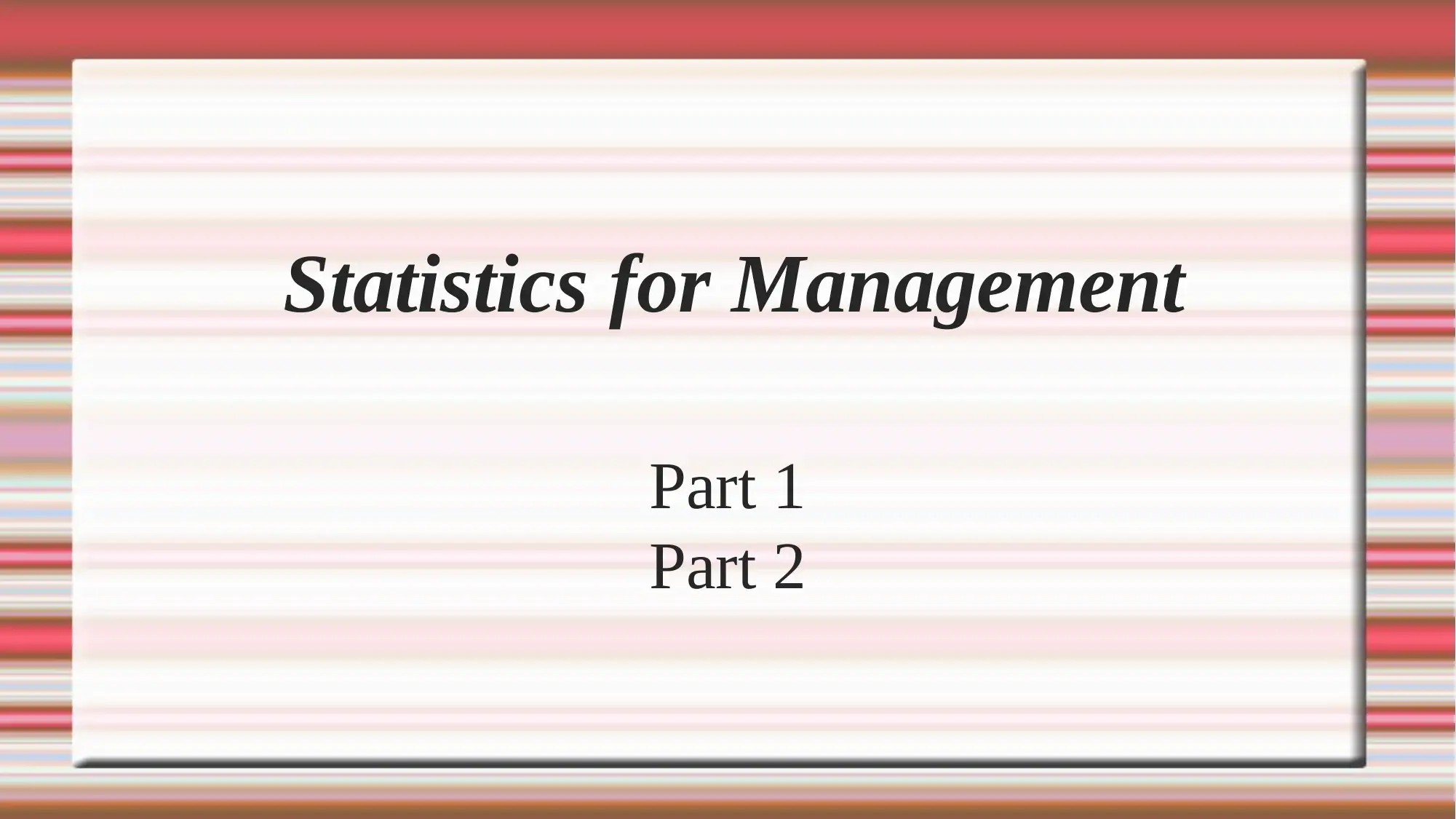
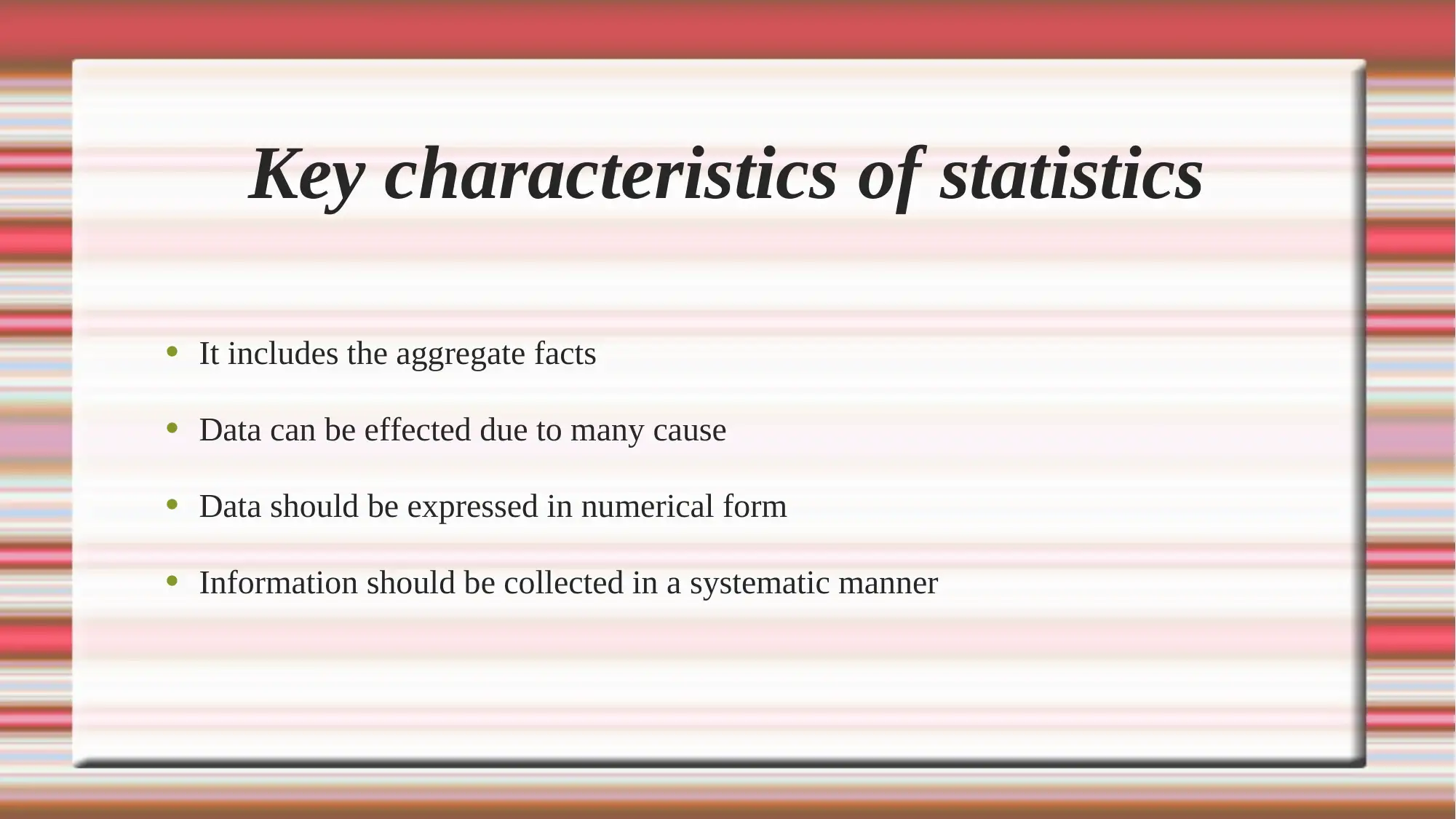
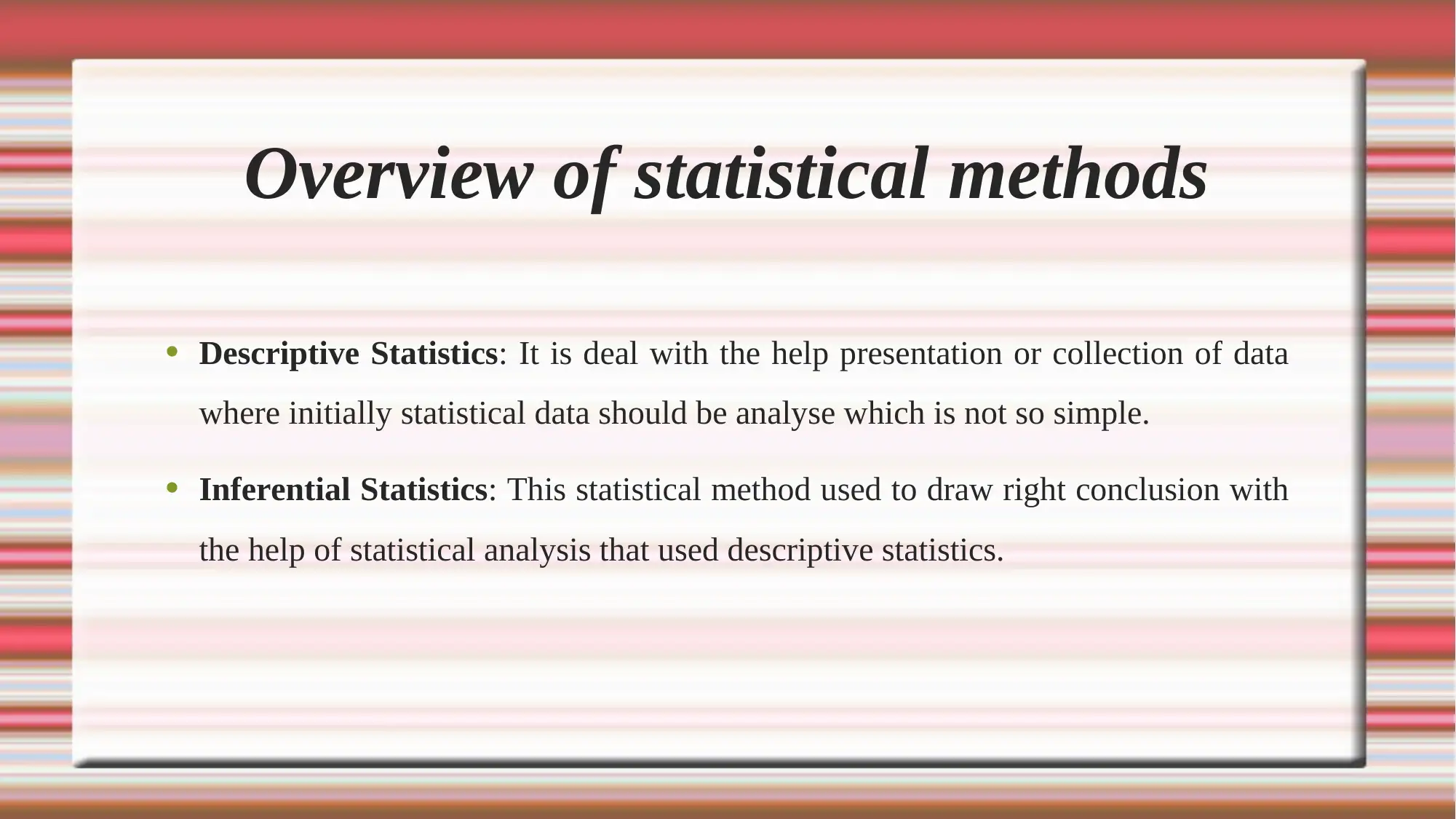

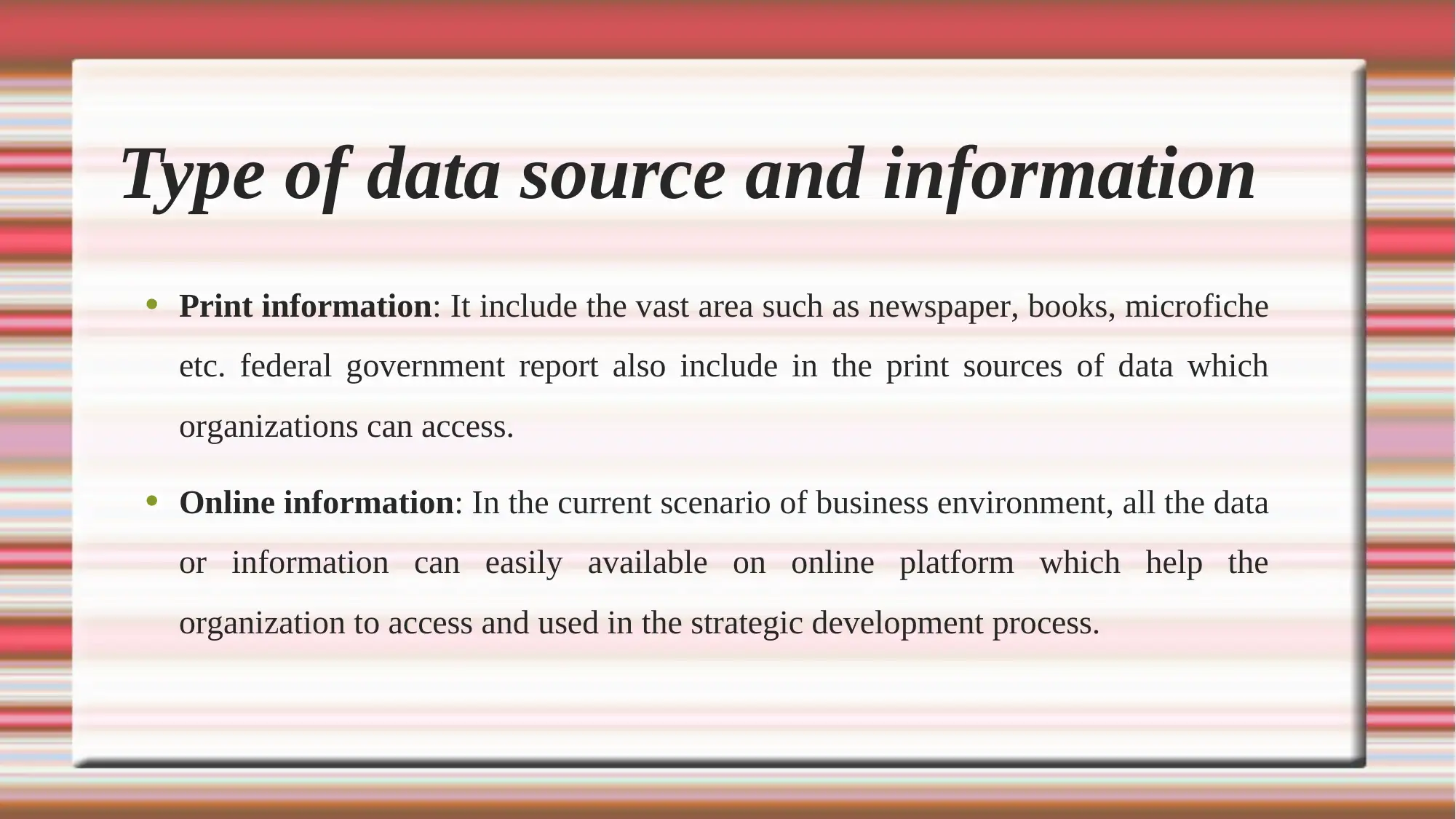


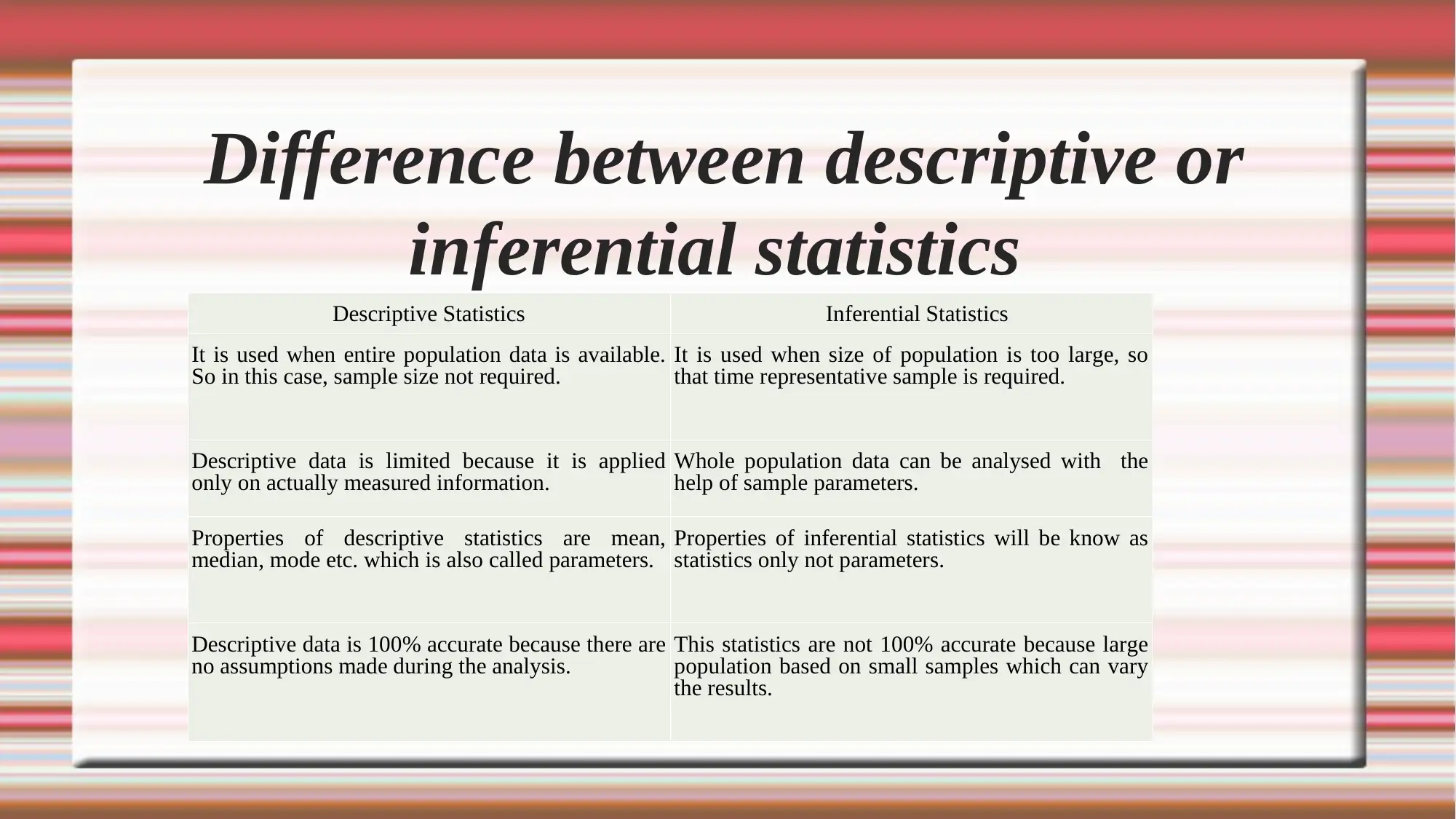
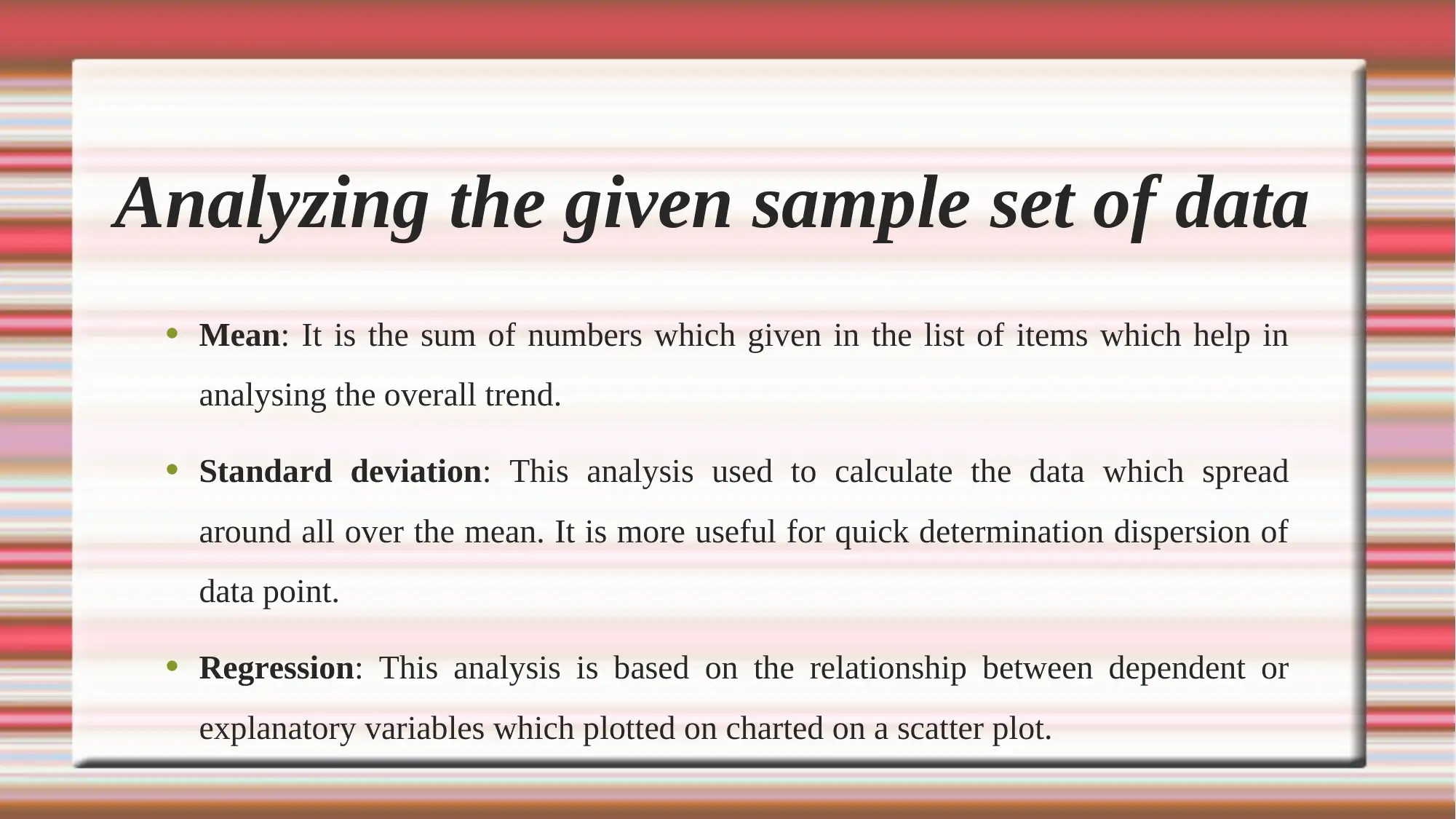

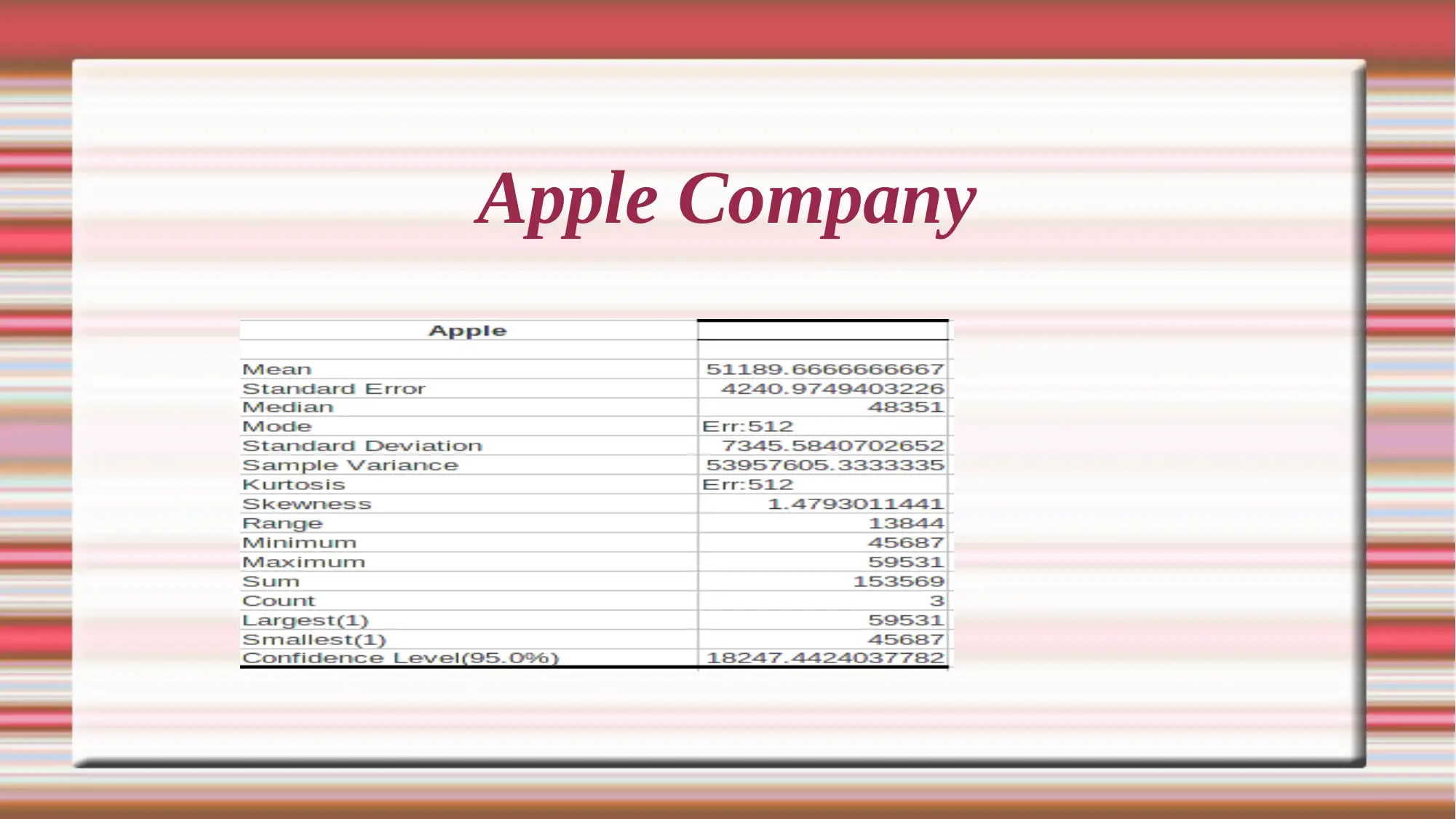
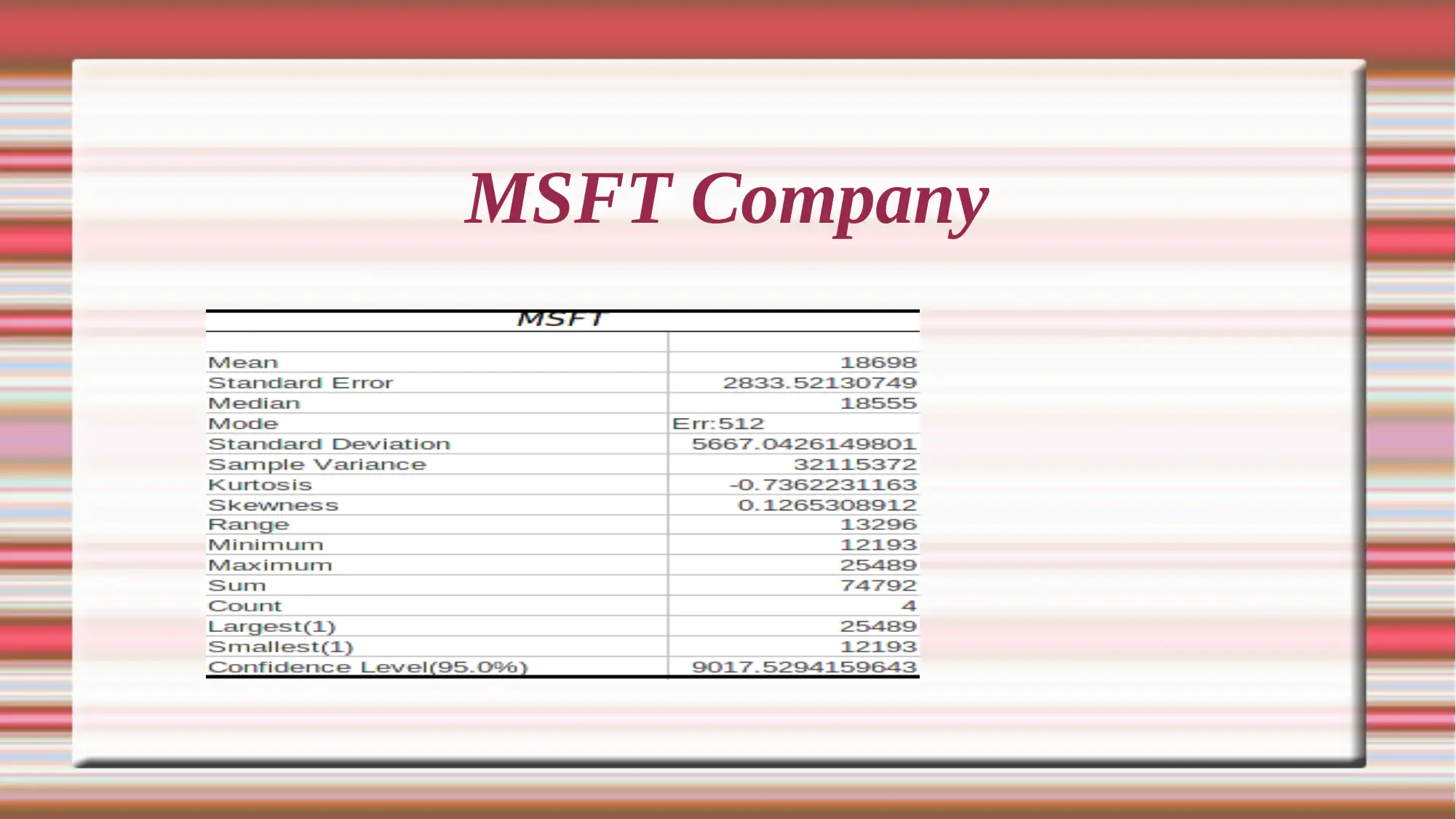







![[object Object]](/_next/static/media/star-bottom.7253800d.svg)